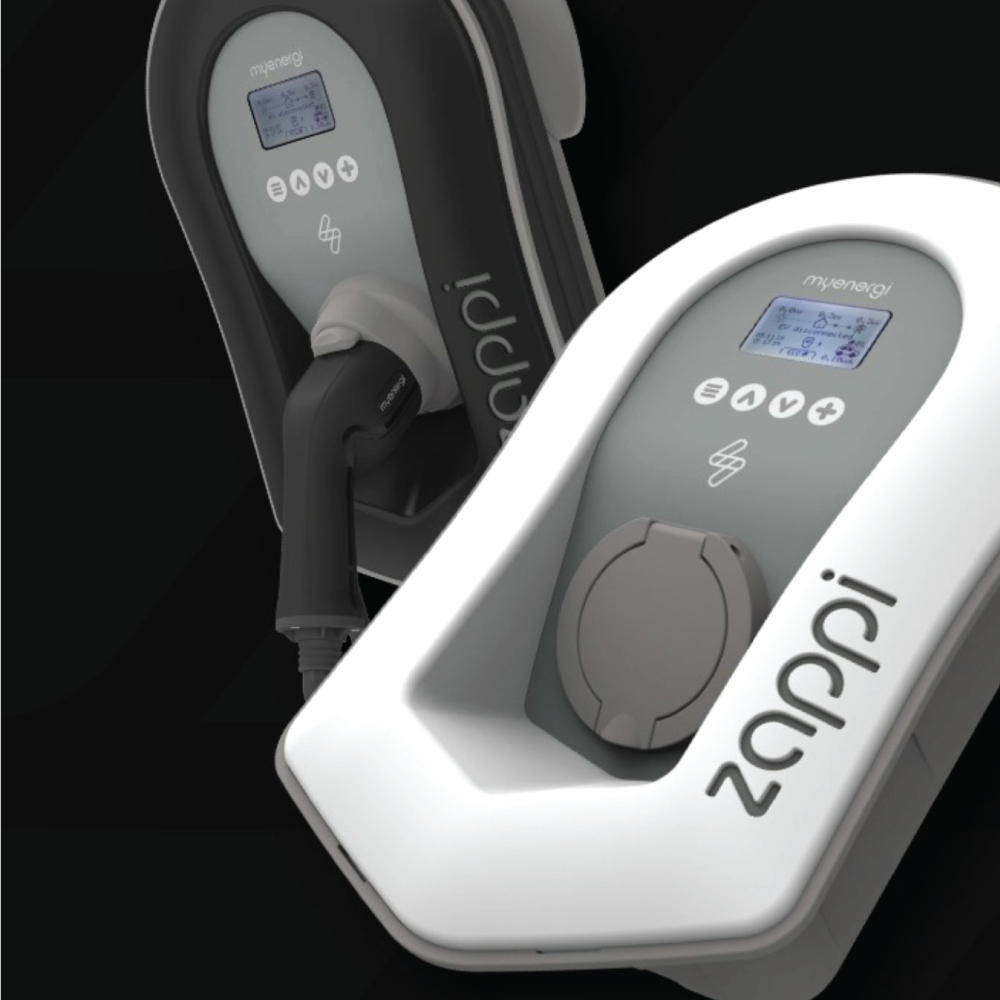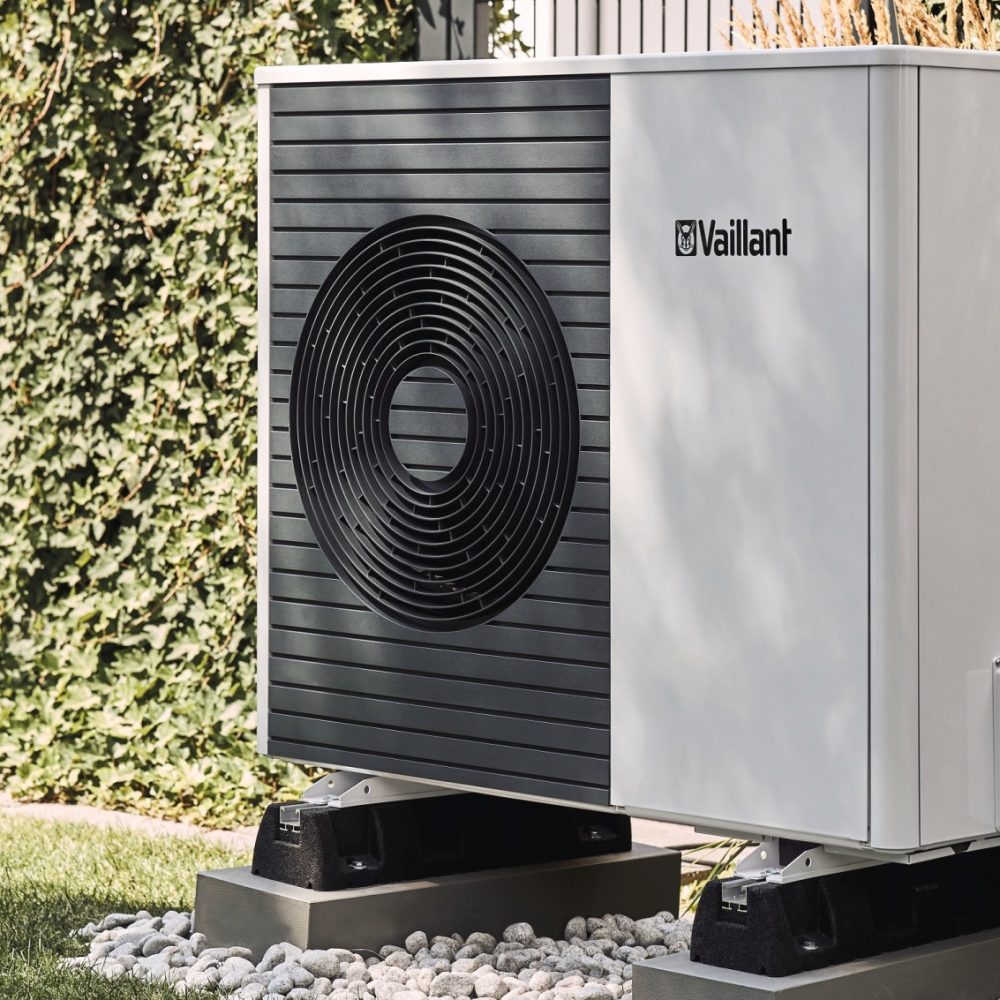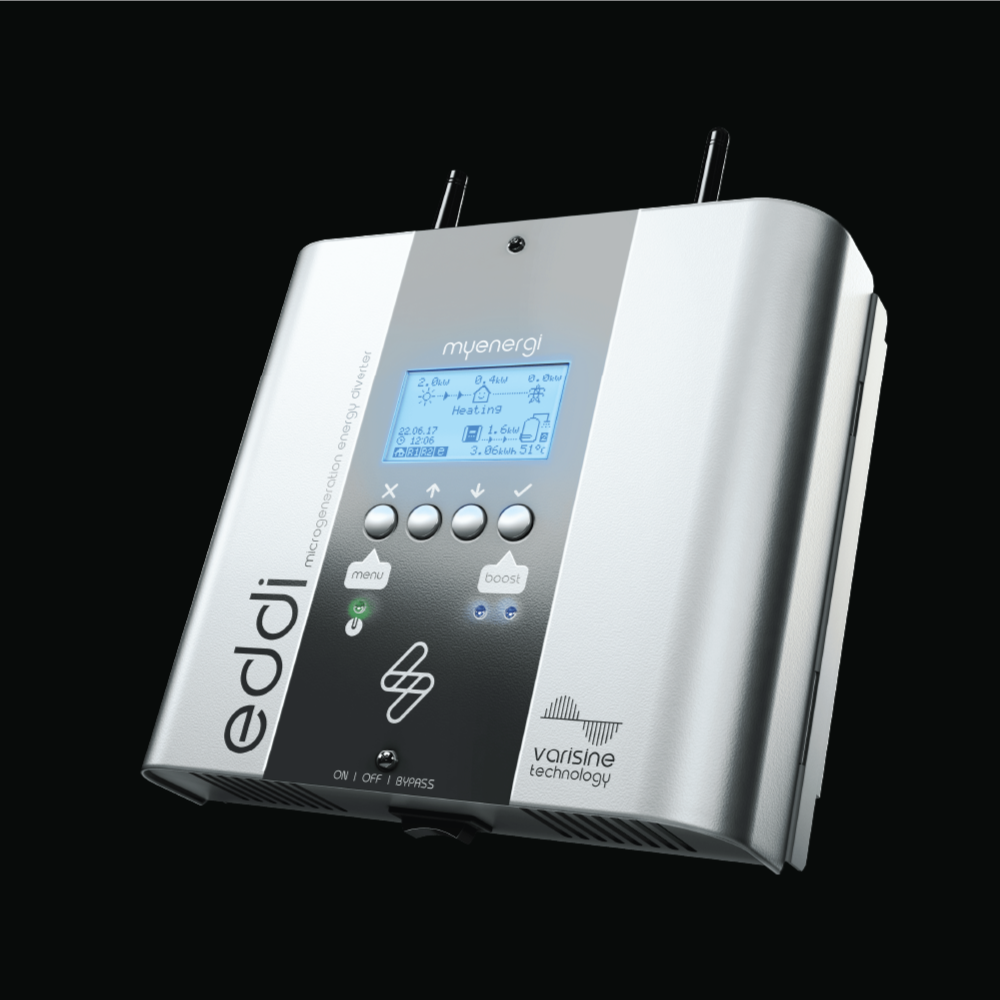
myenergi is an award-winning British designer and manufacturer
of renewable energy products that increase the self-consumption of green energy. Each product is designed with a commitment to circularity and a vision of sustainability for generations to come. Passionate about providing the technologies to make eco-smart home management simple and achievable, thus accelerating the societal transition away from fossil fuels and towards the zero-carbon world of tomorrow.
Making eco energy easy. Myenergi’s mission is to change the world through green technology; providing energy independence, driving a sustainable future and saving our customers money on their energy bills.


myenergi Zappi - Car Charger
Charge your EV with power from the grid, solar, or both. You don’t need solar panels or a wind power system to use the zappi. But purchasing it today, means you’re future fit for tomorrow.
zappi is an EV charger with a difference. zappi can operate as a standard home car charger, using power from the grid. It also has optional charging modes which use 100% green energy generated from your own home Solar PV system or wind generation. Using your own power generation increases the Return On Investment (ROI) for your panels and electric car. And means that you can charge your EV at home for free! zappi is easy to install and user friendly. But don’t worry, if you don’t have solar panels installed, the zappi will still operate as a standard car charger harnessing power from the grid.
Frequently Asked Questions
EV Chargers
A domestic EV charger is a device installed at a home or residential property that supplies electricity to charge the battery of an electric vehicle. It allows EV owners to charge their vehicles conveniently at home.
There are two primary types of domestic EV chargers: Level 1 chargers (120-volt) and Level 2 chargers (240-volt). Level 2 chargers are faster and more common for residential use.
The time required for a full charge depends on the EV’s battery capacity and the charger’s power output. On average, a Level 2 charger can provide around 15-25 miles of range per hour.
Yes, Level 2 chargers typically require a dedicated 240-volt circuit with the appropriate amperage capacity. It’s advisable to have a qualified electrician install the circuit.
While some Level 2 chargers are designed for DIY installation, it’s recommended to have a licensed electrician install it to ensure safety and compliance with local electrical codes.
Yes, you can use a standard 120-volt outlet, but Level 1 charging is slower than Level 2 charging. It’s often used as a backup or for occasional charging.
Costs can vary widely based on factors like charger type, installation complexity, and location. On average, Level 2 charger installation costs may range from a few hundred to a few thousand dollars.
Some governments, utilities, and local programs offer incentives, rebates, or tax credits to encourage EV charger installations at homes. Check with local authorities and utilities for available incentives.
Many modern domestic EV chargers come with smartphone apps or online platforms that allow you to control and monitor charging sessions remotely. This can help optimize charging times and costs.
Most domestic EV chargers use standard connectors like J1772 for Level 2 charging, making them compatible with a wide range of electric vehicle models. However, it’s essential to check compatibility with your specific EV before installation.
Find renewable experts in your area by posting your job for free!

myenergi Eddi- Solar Power Diverter
Put the brain into your solar PV system.
A solar photovoltaic (PV) system without an eddi is a like a car without a steering wheel or driver. Without an eddi, you have no control over where you want your self-generated energy to go, or how you want to use it. Solar PV owners without an eddi waste large amounts of their self-generated energy by giving any unused electricity freely, or cheaply back to the grid.
eddi ensures that you are maximising the consumption of all your own self-generated solar / wind energy by diverting it to be used within your own property, such as to power heating systems, heat water or maximise the efficiency of a heat pump. The possibilities are endless!
Frequently Asked Questions
Solar Power Diverters
A solar power diverter is a device that optimizes the use of solar-generated electricity by directing excess energy to a specific purpose, such as heating water or space, rather than exporting it back to the grid.
Solar power diverters monitor the surplus electricity generated by solar panels and direct it to a connected appliance or heating system, typically through an immersion heater or heating element.
Solar diverters are commonly used with water heaters, immersion heaters, or heating systems. They can also be connected to other high-consumption appliances like electric storage heaters.
Solar power diverters maximize the self-consumption of solar energy, reduce electricity bills, and lower carbon emissions by using excess solar power for heating purposes.
No, solar power diverters are compatible with most standard electric water heaters or immersion heaters. However, it’s essential to check compatibility with your specific heater.
Yes, some solar power diverters can work in conjunction with battery storage systems to ensure efficient utilization of surplus solar energy.
The cost-effectiveness of a solar power diverter depends on factors like your solar panel system size, energy consumption patterns, and local electricity rates. In many cases, they offer a good return on investment.
Installation may require electrical knowledge, so it’s recommended to have a qualified electrician install the diverter to ensure safety and compliance with local electrical codes.
Most solar power diverters are compatible with standard solar PV systems. However, it’s advisable to check compatibility with your specific solar inverter and panel setup.
Many solar power diverters come with monitoring systems or smartphone apps that allow you to track how much surplus energy is being diverted and used for heating or other purposes.
Compare the best renewable products - From Heat Pumps to Solar

Cool Energy is the UK’s largest independent manufacturer and supplier of heat pumps and smart heating products.

Snug Heat Pumps are an excellent choice for those looking to make the switch to a more efficient and environmentally friendly heating system

Some of the world’s most eco-friendly, powerful air-to-water heat pumps – for minimum disruption to your everyday, and maximum benefit for your family.

myenergi is an award-winning British designer and manufacturer of renewable energy products.

NIBE air source heat pumps harness the heat energy from the outside air, even at lower temperatures, to supply your home with heating and hot water

Combining exceptional performance, reliability and value, a Grant heat pump is a renewable energy heat source which can significantly reduce a home's carbon footprint.

LG THERMA V air-to-water heat pump (AWHP) is a new heating solution providing heating, cooling and hot water for an efficient, comfortable home




